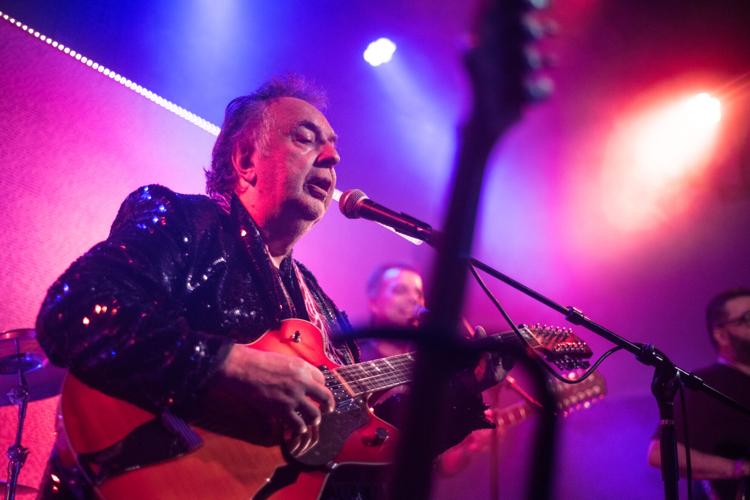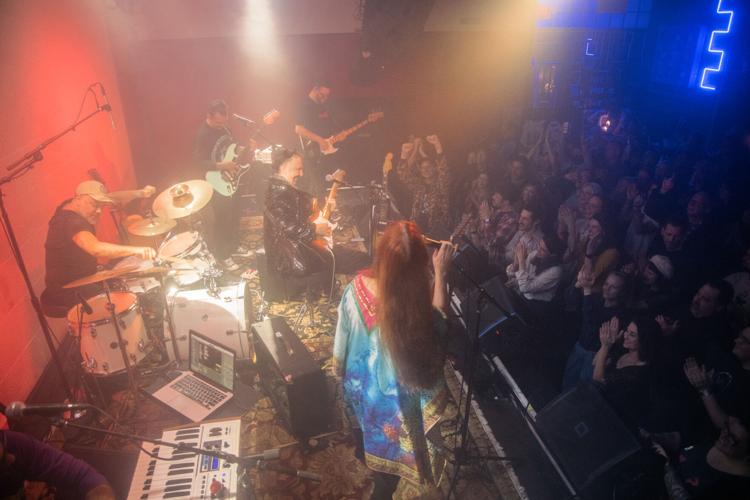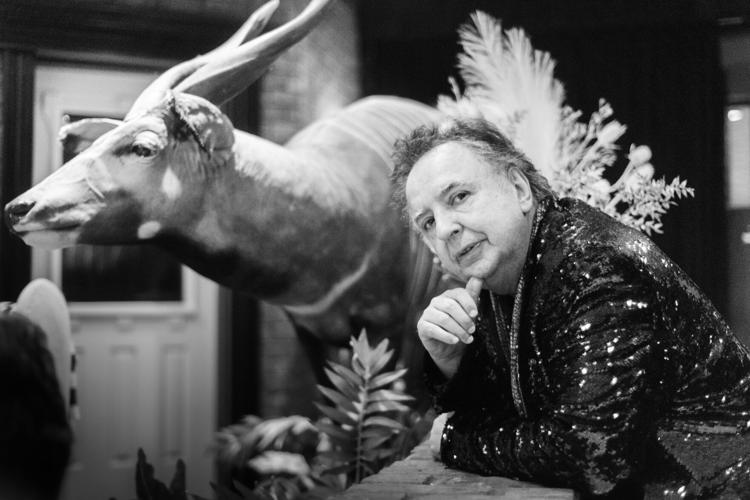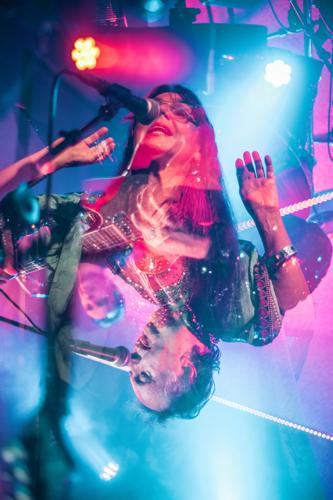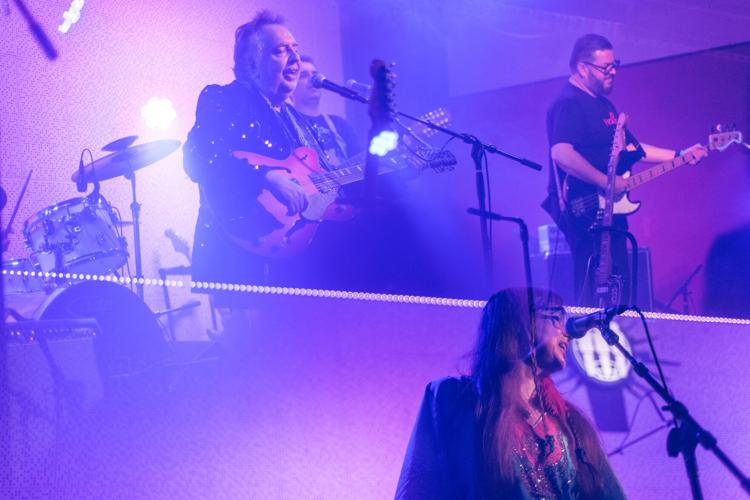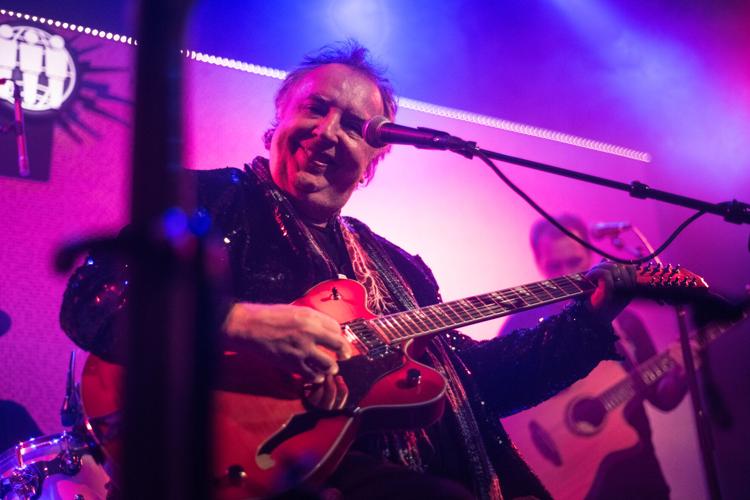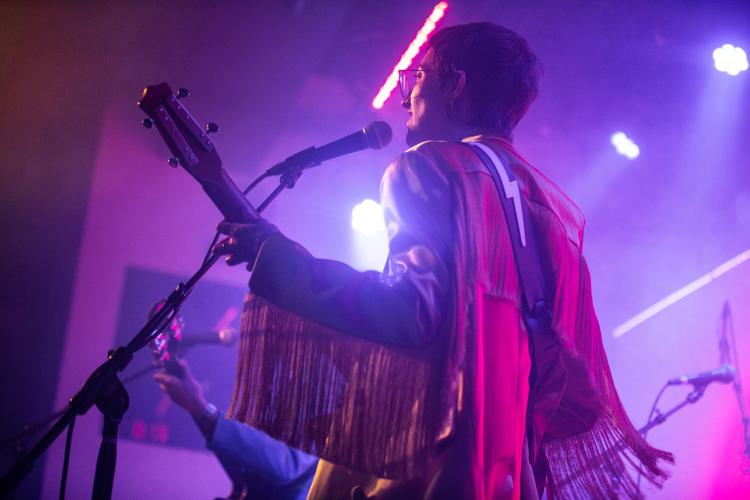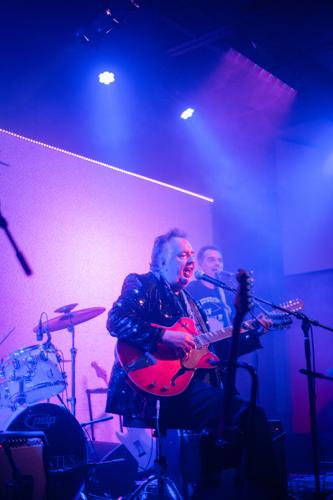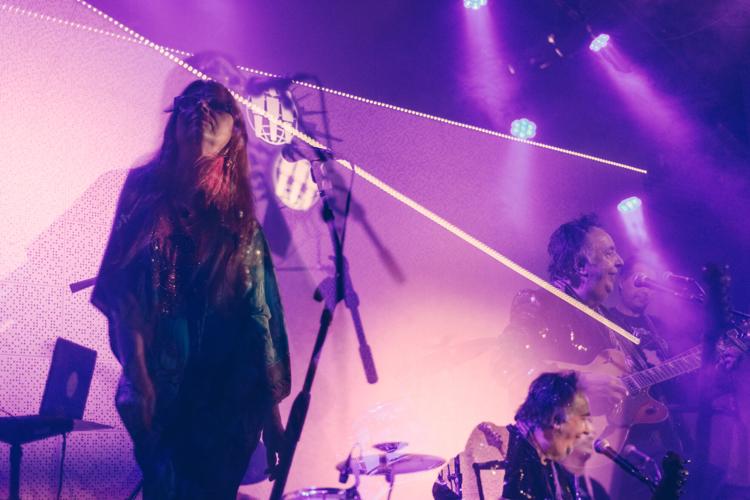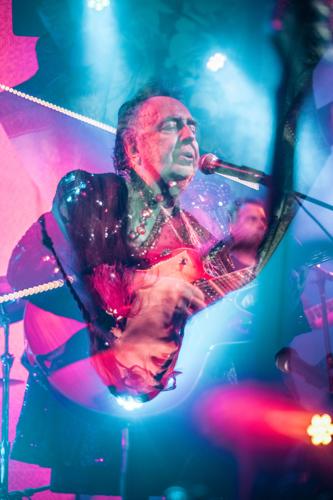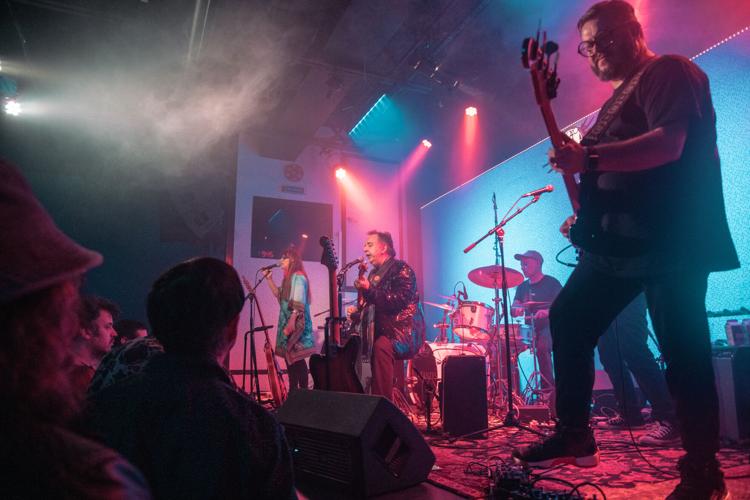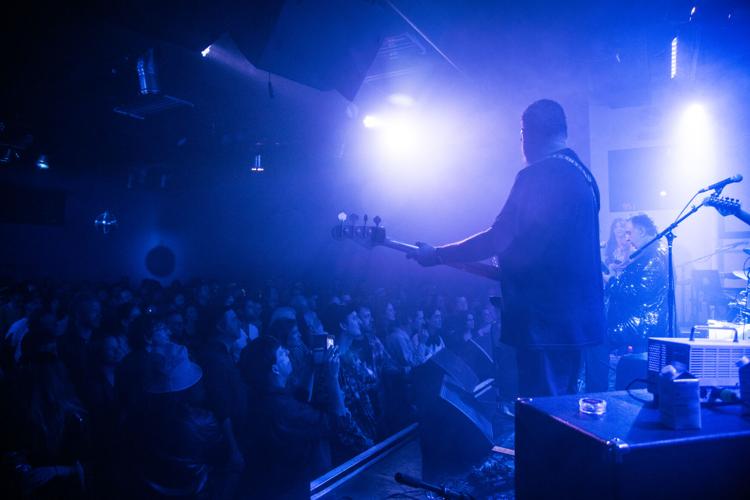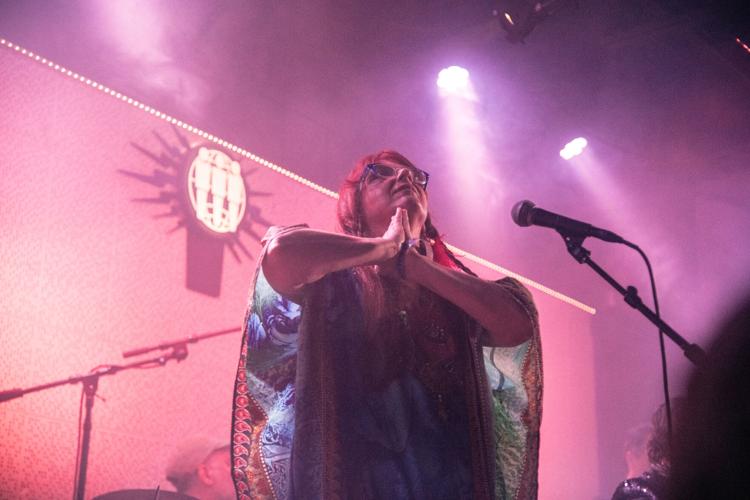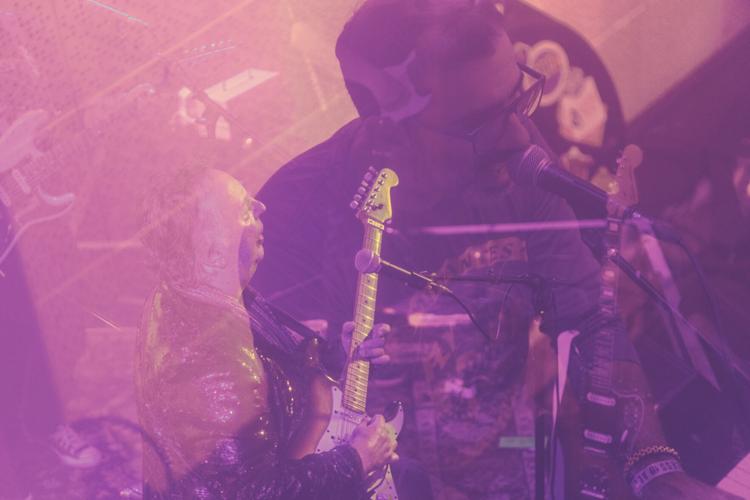
Os Mutantes
Being a fan of Brazilian psych-rock heroes Os Mutantes in the U.S. isn’t the most casual thing that can happen, though happy accidents tend to play a role. The original trio dissolved in the 1970s, and while a new incarnation has recorded occasionally since 2006 and toured fairly regularly, their Stateside dates have tended to be in places like New York, Los Angeles and Chicago.
If you are a fan, chances are you’ve got a very personal story about how the wildly creative outfit came into your life and broadened the way you look at music — as does Scene contributor Sean Maloney, who shared his story about their 1999 greatest-hits compilation Everything Is Possible appearing in the review pile at his student radio station. Os Mutantes’ spring tour is taking them to clubs all across the U.S., including places they haven’t played before, like Nashville. On the evening of March 1, you could feel crackles of anticipation sparking their way through the capacity crowd inside The Blue Room at Third Man Records.

Esmé Patterson with Sérgio Dias
Up first was singer-songwriter Esmé Patterson, who let the audience know it was her last night opening for the group — as well as an adopted-hometown show, since she’d recently moved here from Colorado. With support from Hilary James on bass, she started boldly with an as-yet-unreleased song that established the foundation for her set: The chords and the song structure drew on folk and blues, the tones were warm and rich with a gritty edge, and the vocals were hypnotic. Among the highlights was “The Glow,” which tells the story in The Beach Boys’ “Caroline, No” from Caroline’s perspective. Patterson and James wrapped their performance with the swampy, strutting “Sleeping Around,” featuring a guitar solo from Os Mutantes’ singer-guitarist Sérgio Dias. He started off a bit shaky, flirted with going off the rails and then came shuddering back into focus, sounding a little like bedrock rock ’n’ roller Link Wray.

Os Mutantes
Patterson and James said their goodbyes, and in relatively short order Os Mutantes settled in, with singer-keyboardist Henrique Peters and singer Esmeria Bulgari to the audience’s left, guitarist Camilo Macedo and bassist Vinicius Juniqueria to the right and drummer Claudio Chernev right behind Dias, who was seated at center stage. Dias is the only founding member touring and recording under the Os Mutantes banner; many of the players who appeared Wednesday have worked with him since the 2006 reunion. To my ear, the three newer studio albums don’t capture the original group’s inventiveness, and they don’t stand up sonically either. But in person, the band is a force to behold, radiating joy at creating together onstage, enveloping us in a welcoming, theatrical weirdness and playing their proverbial asses off.
They opened with “Fuga No. 11,” an evocative baroque-pop Mutantes classic. Afterward, Dias mentioned how much he enjoyed playing the song, which he noted was the first one he wrote with Os Mutantes co-founder Rita Lee. The frontman’s stage presence was genially cool, with a dry wit and a tendency toward fantastic tangents that brought to mind fellow rocking songsmith Robyn Hitchcock.

Os Mutantes
Several of the songs were newer, including “Time and Space” and “Beyond” from Os Mutantes’ 2020 LP Zzyzx. They didn’t grab me on the album, but made a deep impact at The Blue Room. The group’s ability to blend pastoral psychedelia, art music, folk and dance music styles from all across South and Latin America, bluesy American rock ’n’ roll and proto-metal hard rock — often as not in the same song — remains nothing short of mind-blowing.

Os Mutantes
The band played some of the tunes that are burned into my brain from repeated listens to Everything Is Possible a little slower than on the recordings from the ’60s and ’70s. But they used the tempo changes to their advantage. The sweet, effervescent buzz of “A Minha Menina,” the kinetic bliss of “Bat Macumba” and the lysergic groove of “Ando Meio Desligado” stretched out like psychedelic taffy. “Cantor de Mambo” — shoutout to Peters for a fantastic vocal performance — got heavier and weirder, with Dias grinning and staring into the air above him, as if receiving instructions from elsewhere on how to direct his ferocious solos.

Os Mutantes' Sérgio Dias
About 90 minutes after they took the stage, Os Mutantes geared up for one final number: “Panis et Circenses,” an art-pop piece about capitalism crowding out artistic expression. It builds to a frenzied crescendo and comes to a sudden halt, as if someone stopped the turntable with the needle still down. Naturally, the band performed the pause in full before finishing out the song, with its Portuguese lyrics translated to English. The concept of Os Mutantes that I’ve had in my head for two decades already contained multitudes, and it was a sheer delight to see how many more layers the group has — and how much more they have to give.

